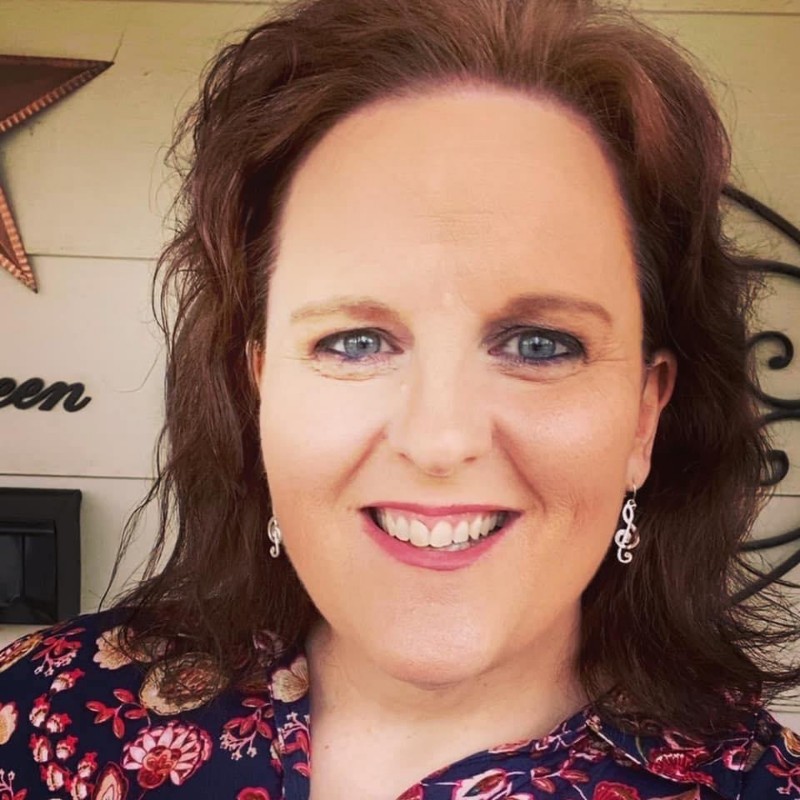After researching hundreds of churches, author Thom Rainer put his findings about how churches revive and how churches die in two books: Anatomy of a Revived Church and Autopsy of a Deceased Church. Only two areas overlapped between the two books: prayer and being more inwardly or outwardly focused.
Churches that died moved their budget inward more and more each year. Churches that died became focused on their facilities and held on to traditions without intentionality.
Churches that revived overcame traditions in all kinds of areas – from the frequency of business meetings, to the time the worship service began, to adapting old ministry programs to something that may work better.
All of these inward focuses took on different forms because the American church has a lot of variety. The overarching principle was becoming too focused on what was happening inwardly, which is directly connected to the next thing both church seasons had in common: prayer.
Churches that died prayed together, but that prayer was not meaningful or intentional. Churches that revived had a small, intentional group of people praying continually for the needs in the community and the needs in the church. Reviving churches were preceded by powerful and meaningful times of prayer, and intentional prayer is how that revival was sustained.
Every. Single. One.
Acts 2:41-47 says:
Those who accepted his message were baptized, and about three thousand were added to their number that day. They devoted themselves to the apostles ’
teaching and to fellowship, to the breaking of bread and to prayer. Everyone was filled with awe at the many wonders and signs performed by the apostles. All the believers were together and had everything in common. They sold property and possessions to give to anyone who had need. Every day they continued to meet together in the temple courts. They broke bread in their homes and ate together with glad and sincere hearts, praising God and enjoying the favor of all the people. And the Lord added to their number daily those who were being saved.
We often focus on verse 42 – They devoted themselves to the apostles ’teaching and to fellowship, to the breaking of bread and to prayer – as we consider what church is supposed to look like. We latch on to the teaching, fellowship, prayer, and breaking bread together; we think if we tick all those boxes, we are doing what the early church did.
But the second word of verse 42 is the key – and the finding of Rainer in his research of hundreds of churches. Those that died and those that revived did all of those things. But the ones that revived were devoted to prayer.
For the churches that died, prayer became a ritual and a routine. Prayer was wide-spread, but it wasn’t persistent. But for the revived churches, prayer for revitalization in the church and prayer for the community were intentional and it was persistent.
We have been given the model for what the church is to look like in a very basic form: teaching the word, fellowship with one another, breaking bread together, and prayer. But without the those things being something we devote ourselves to – thoughtful, steadfast, and true – then we will miss out on the revitalization that God wants to do in each one of us – and then in our whole church – and then out in our community.
Is God calling you to be part of praying for the revitalization of this church and of this community? We are looking for a few devoted, dedicated, and steadfast people to join together for 30 minutes each Monday evening via Zoom. Jessica Bedosky is leading this effort and would love for you to join her. Contact her for more information (jbed546@aol.com or 203-910-0945).
In Christ, Pastor Stephanie

